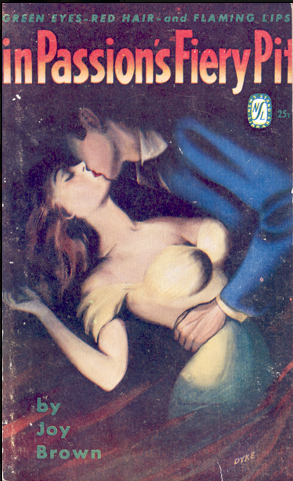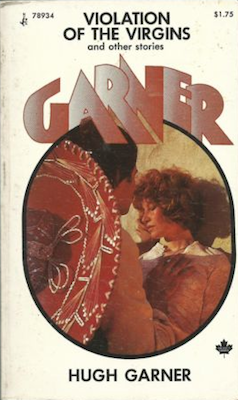As promised, after a sixty-three year and nine month absence Hugh Garner's Waste No Tears returned to print last week. The fifth Vehicle Press Ricochet Book, it marks something of a departure in the series as the first reissue set in Toronto. It is also the first novel written by a
Governor General's Award-winning author, which begs the question: Where is David Montrose's award? Murder Over Dorval is a hell of a lot better than The Pillar.
Never mind.
Waste No Tears was Garner's third novel, and follows Storm Below in being the second published. As mentioned elsewhere, the original News Stand Library edition from July 1950 is uncommon – three of our university libraries have copies – but this only goes part way in explaining the neglect and indifference shown by those who have written on Garner and his work. The novel receives no mention in The Oxford Companion to Canadian Literature and the Encyclopedia of Literature in Canada. Yet, the novel is ever-present in the bibliographies featured in the author's books. Here it is in Hugh Garner's Best Stories, for which he won that Governor General's Award:
Garner's early paperback originals have been too readily dismissed. It seems that only Cabbagetown has been deemed worthy of attention – in large part, I think, because the bowdlerized Collins White Circle first edition was restored and published by respectable Ryerson Press.
In his Canadian Literary Landmarks, John Robert Colombo writes of Waste No Tears as "hack work". Paul Stuewe, Garner's biographer, echoes in describing it as a "book noteworthy only as an example of how rapidly a professional writer can produce hackwork when necessary."
Hey, we non-academics have to make a living somehow. Besides, writing produced with an eye on manna can have value.
As with Brian Moore's pulp work – similarly neglected – there is much to explore in Waste No Tears. I recommend Michael P.J. Kennedy's "Garner's Forgotten Novel and Its Relationship to the Stories", which deals with the links between Waste No Tears, "Lucy", "Mama Says to Tell You She's Out" and "The Yellow Sweater". Amy Lavender Harris gives us not only "Hugh Garner's Forgotten Toronto Novel, Waste No Tears", but graciously accepted my invitation to write the Introduction to the new edition:
Although Morley Callaghan’s early Toronto novel Strange Fugitive – set in a long-vanished downtown slum district known as 'the Ward' – often receives literary credit for exposing the city’s seedy underside, it is Garner’s paperback novels – Waste No Tears and Present Reckoning chief among them – that reveal how narrow is the line that separates 'Toronto the Good' from its seamier shadow. It’s a line drawn precisely along Jarvis Street, a street that even now remains incompletely improved, the converted mansions and corporate towers at its north end still sliding irrevocably downhill toward the rooming houses and massage parlors where brutal necessities continue to be transacted in what remains of Toronto’s notorious skid row.More Toronto novels to come. Promise.
More Montreal, too. Another promise.
But first, Niagara Falls.
That's a tease.
Related post:























































